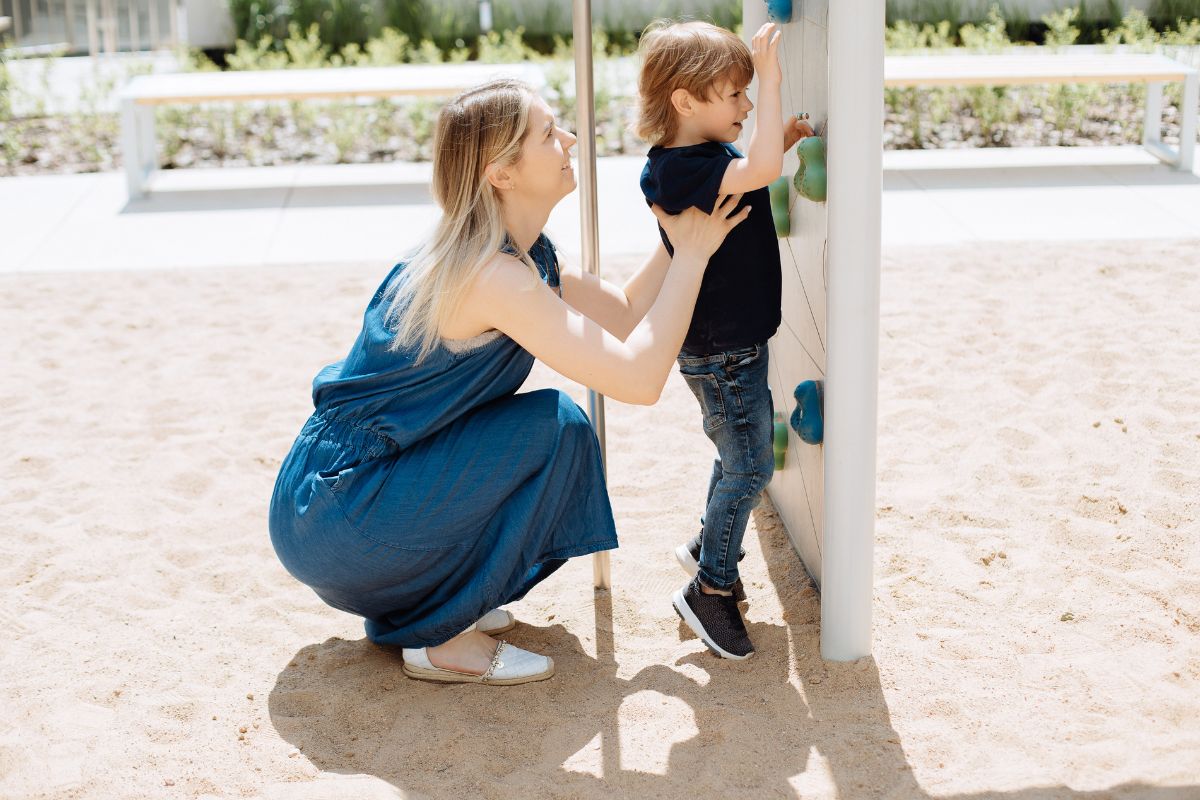
26 Jun What is the difference between child custody and visitation?
Understanding Child Custody and Visitation
Child custody and visitation are legal terms that describe the responsibilities and rights of parents or guardians regarding their children after separation or divorce. These arrangements are crucial to ensure the well-being and stability of the children involved.
Here is a detailed explanation of child custody and visitation. It includes information on different types of custody, the legal steps involved, and the impact on those affected.
What is Child Custody?
Child custody pertains to the lawful duties and privileges a parent or guardian possesses in relation to their child.
It is divided into two main categories:
- Legal Custody: This grants a parent or guardian the right to make important decisions about the child’s upbringing, including education, healthcare, and religious training. Legal custody can be either sole (one parent has the decision-making authority) or joint (both parents share the decision-making responsibilities).
- Physical Custody: This determines where the child will live. Like legal custody, physical custody can be sole (the child lives with one parent most of the time) or joint (the child’s time is divided between both parents’ homes).
Who Can File for Custody?
A custody petition can be filed by a parent, grandparent, or another person with a substantial relationship with the child. The petition is filed in Family Court, and there are no filing fees. The person seeking custody must serve a copy of the petition and a summons to the current custodial party.
The Custody Hearing
If both parties agree on custody, the judge may issue an order based on this agreement without a formal hearing. If there is no agreement, a hearing is held where both parties present evidence and testimony. The court may also appoint a lawyer to represent the child and order an investigation by a social services agency or mental health professional. The judge makes a custody decision based on the best interests of the child.
What is Visitation?
Visitation rights allow the parent without custody to spend time with their child. Non-custodial parents have the right to visit and spend time with their child.
You can request a visitation order as part of a custody proceeding or separately.
Other family members, such as grandparents or siblings, may also petition for visitation rights. The court grants visitation if it is in the child’s best interests.
Representation in Custody and Visitation Cases
Parties in custody and visitation cases can represent themselves or hire lawyers. If a party cannot afford a lawyer, the court may appoint one. The court may also appoint an “Attorney for Child” to represent the child’s interests.
Custody and Visitation Mediation
Mediation is a voluntary and confidential process where a neutral mediator helps parents resolve custody and visitation disputes. The mediator does not make decisions but facilitates communication between the parties to help them reach an agreement. Successful mediation can lead to a court-approved parenting plan.
Modifying Custody or Visitation Orders
Courts can modify custody and visitation orders if there is a significant change in circumstances. The party seeking the modification must prove that the change is in the child’s best interests. A petition for modification is filed in Family Court, and a hearing is held to evaluate the request.
Enforcement of Custody and Visitation Orders
If one party violates a custody or visitation order, the other party can file a petition alleging a violation. The court may change the order or impose sanctions on the party who failed to comply. This ensures that court-ordered custody and visitation arrangements are upheld.
Alternative Dispute Resolution
Apart from litigation, parents can settle custody and visitation disputes through mediation. This process is often faster, less adversarial, and more flexible than a court trial. Mediation allows parents to create a customized parenting plan that suits their specific needs and circumstances.
Conclusion
Child custody and visitation arrangements are vital to ensuring the stability and well-being of children after their parents’ separation or divorce.
Understanding the legal process and the different types of custody and visitation can help parents navigate these challenging situations more effectively.
Whether through court orders or mediation, the primary goal is to serve the best interests of the child, providing them with a supportive and nurturing environment.
If you need help with child custody, contact our office today. We can help,




Sorry, the comment form is closed at this time.